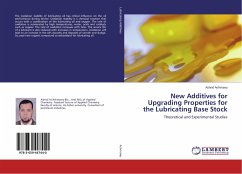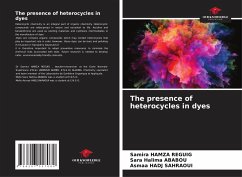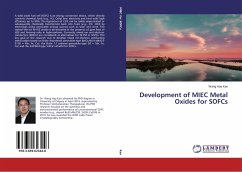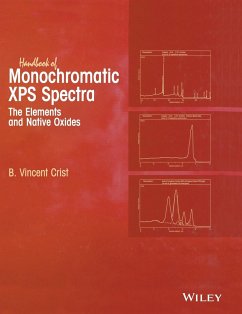
Interfacial properties of LiS battery anodes in presence of additives
A EIS and XPS study on the formation and development of the SEI on Li anodes in LiS systems
Versandkostenfrei!
Versandfertig in 6-10 Tagen
33,99 €
inkl. MwSt.

PAYBACK Punkte
17 °P sammeln!
The influence of additives and salt concentration on the lithium anode solid electrolyte interface(SEI)in lithium sulfursystem wasinvestigated. Thecharacterization wasperformed by galvanostatic cycling (GSC), symmetric electrochemical impedance spectroscopy (EIS) and x-ray photoelectron spectroscopy (XPS). The obtained results from galvanostatic cycling, SEI composition and electrochemical parameters were successfully combined to correlate chemical changes in the composition of the SEI. The distribution of SEI layer components and LiS cell performance are influenced by increased LiTFSI concent...
The influence of additives and salt concentration on the lithium anode solid electrolyte interface(SEI)in lithium sulfursystem wasinvestigated. Thecharacterization wasperformed by galvanostatic cycling (GSC), symmetric electrochemical impedance spectroscopy (EIS) and x-ray photoelectron spectroscopy (XPS). The obtained results from galvanostatic cycling, SEI composition and electrochemical parameters were successfully combined to correlate chemical changes in the composition of the SEI. The distribution of SEI layer components and LiS cell performance are influenced by increased LiTFSI concentration, the presence of lithium nitrate (LiNO 3 ), butyl-metyl-pyrrolidinium trifluorosulforylimide ([BMP][TFSI]) and lithium polysulfides. The results show, that the combination of LiNO 3 , polysulfides and higher salt concentration can increase the Coulombic efficiency as well as cycling life of LiS systems significantly.The developed methodology can be applied as a systematic approach to evaluate LiS cell components and cycling performance for efficient iteration of LiS cell chemistry.












